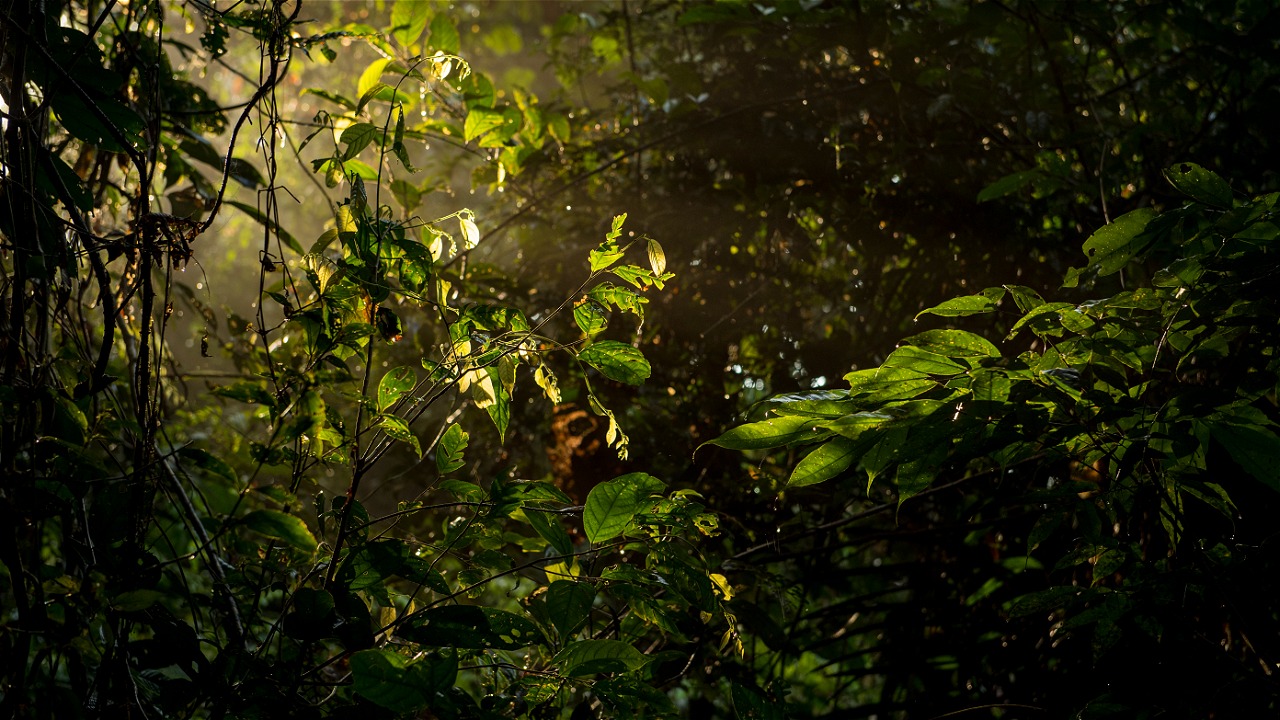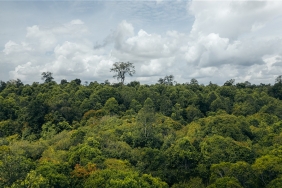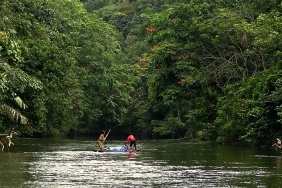SCIENTIFIC ACTIVITIES AND ANIMAL MONITORING IN BUKIT TIGAPULUH NATIONAL PARK
The Bukit Tigapuluh National Park in Riau and Jambi Provinces, has been declared as one of the 20 global priority areas for Tiger conservation. Since the last few years WWF-Indonesia has been assisting the Bukit Tigapuluh National Park in several activities related to area management and habitat protection.
Installation of Camera Traps
Among other things, by supporting area security through joint patrols, and monitoring wildlife, especially Sumatran Tigers. One of the monitoring efforts was carried out through the installation of camera traps or camera traps, in October 2017. There were 6 camera traps installed by a joint team of Bukit Tigapuluh National Park Office and WWF-Indonesia in 3 ecosystem recovery locations in Keritang Resort, Riau.
Camera traps are installed on suspected and possible paths for animals to travel, especially animals that are prey for Sumatran tigers. One of the marker indicators can be known through tiger tracks, scratches and feces.
Data from camera traps are expected to provide information on the abundance of Sumatran tiger population in Bukit Tigapuluh National Park.
Carbon Potential Calculation
Carbon potential valuation in TNBT Carbon stock calculation activities are carried out one of them to determine the estimated carbon stored in the national park area, so that the impact of deforestation and forest degradation can be measured. In addition, through the results of carbon accounting, it can also be used as a way to measure forest growth and the level of success in forest management.
The process of collecting carbon stock data in Bukit Tigapuluh has been carried out from September 2016 to July 2017. It was conducted by 17 joint teams from the National Park Agency and WWF-Indonesia. Data collection was carried out in 17 sample area locations which were divided into 170 grades, spread across Riau and Jambi provinces. The total area covers an area of 17,000 hectares, or more than 10% of the TNBT area,
Carbon measurement is carried out referring to the SNI 7724: 2011 method. Calculations were carried out using the method, in 4 representative areas. Dense Lowland Forest, Moderate Lowland Forest, Sparse Lowland Forest, and Dry Farmland Mixed with Shrubs. Trees measured were woody species with a minimum diameter of 2 centimeters.
The provisional measurement results on 16,338 tree samples in Bukit Tigapuluh National Park noted that there is a potential of 149.06 tons of carbon per hectare (Tc/Ha) in the Rare Lowland Forest, 183.78 Tc/Ha in the Meeting Lowland Forest area, 170.49 Tc/Ha in the Medium Lowland Forest area, and 78.71 Tc/Ha in the Dry Agricultural Land Mixed with Shrubs area.(RD)





